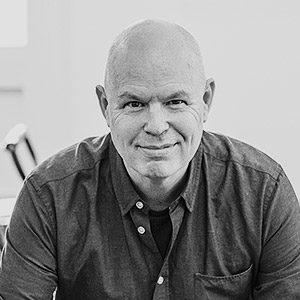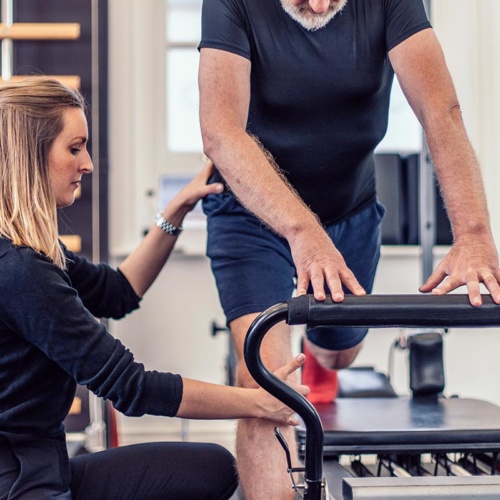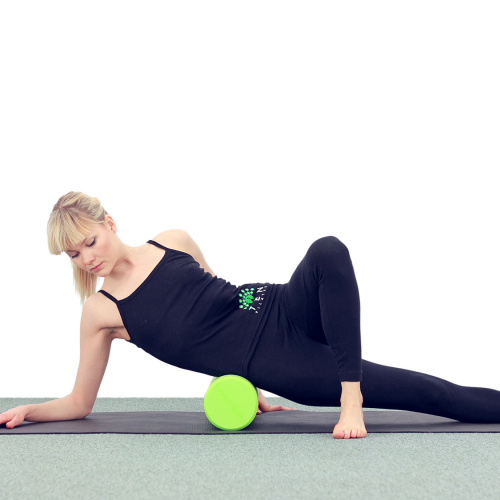The fitness industry is no stranger to trends and buzzwords. Prehab being just one of them. But unlike Zumba, Prancercise and Stiletto Calisthenics (no, really), Prehab is here to stay.
So what exactly is Prehab?
Well, if Rehabilitation is the approach we take to get back to functional fitness after injury, Prehabilitation is the approach we take to try to prevent the injury or disfunction from happening in the first place.
The concept is widely understood in the world of professional sports, where the risk and cost of injury to elite athletes vastly outweighs the relatively small investment involved in keeping them on the court, pitch or programme.
But it’s largely unknown amongst a wider population. Ironic, given that this is where the real need for Prehab is.
After all, we’re an ageing, unfit, inactive population. We eat unhealthily, live under constant low-level stress, and sit too much and badly. Unless we actively do something about it, this makes us prime candidates for postural dysfunction and pain (80% of adults are affected) along with a host of lifestyle and diet related injuries and health issues.
Prehab is that something. A preventative maintenance approach that will keep us stronger, fitter, healthier and functionally active for longer.
Prehab integrates a number of programmes – primarily, assessment, exercise, physical therapy and nutrition. Though the precise form it takes will depend on a number of factors, including the individual’s needs, goals, age, lifestyle, and history.
A good Prehab programme will:
- ensure that the exercise you’re doing is not just effective but also safe, sustainable and appropriate
- include regular monitoring and assessment along with physiotherapy and/or sports massage sessions to resolve any current injuries and underlying issue
- be pre-emptive, addressing any lifestyle-related or historic imbalances to minimise future injuries
- deal with aches, pains or minor niggles early before they become something more serious
- enable prompt treatment of any future injuries (some are always going to be unavoidable) to reduce their severity and impact
A prime example of Prehab in action – though we say so ourselves – is Ten’s Circle of Care. As early adopters of the Prehab concept, our Therapists and Trainers share knowledge, insights and client history, and work together to apply the right mix of complementary skills and expertise at each stage of the client’s programme.
It’s an approach significantly different to anything else you’ll find in the fitness and wellbeing sector – in fact we believe it’s unique in the UK, and possibly Europe.
But it shouldn’t be.
This is too important to be the preserve of elite athletes and boutique providers. And given how great the need is for a wider adoption of Prehab, it’s about time the UK’s mainstream fitness companies got on board. And soon.







